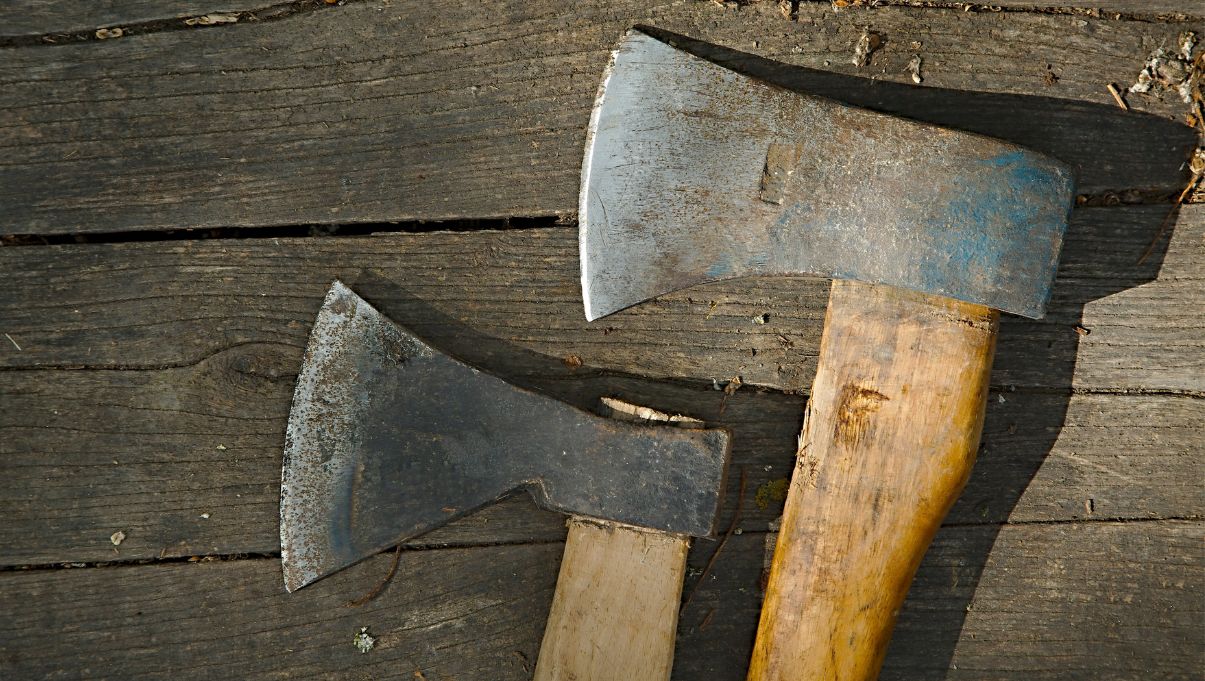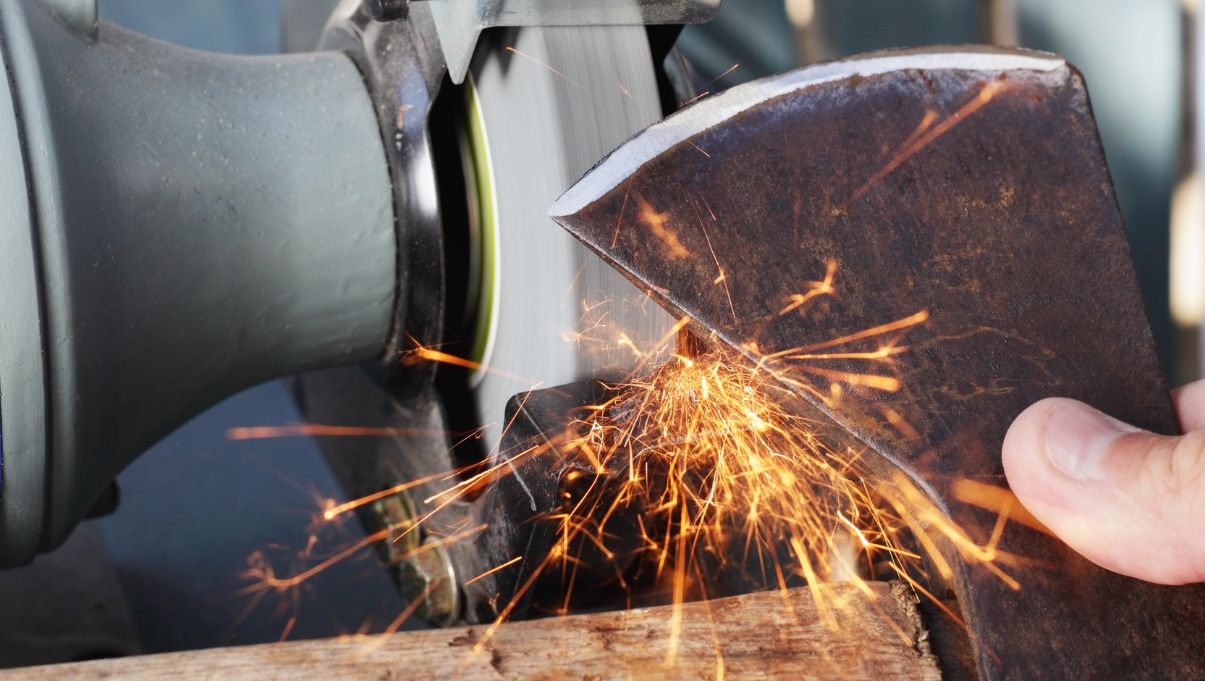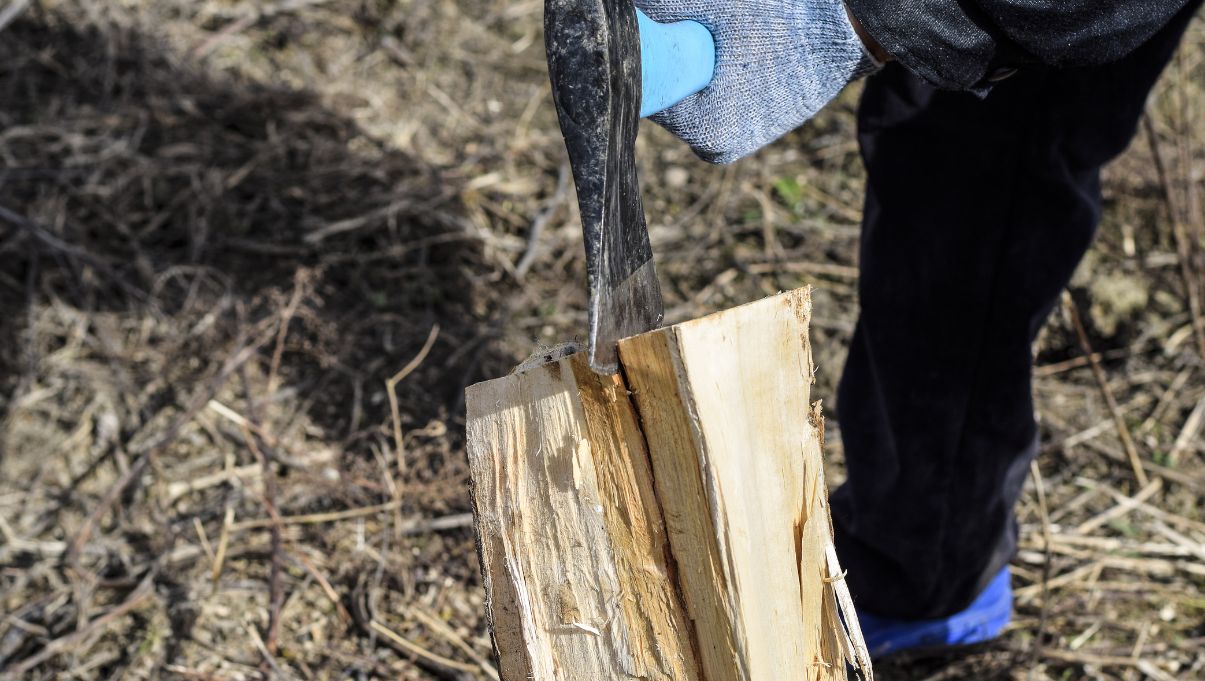Introduction
When it comes to chopping wood or performing various outdoor tasks, having the right tool can make all the difference. Two commonly used tools for cutting and chopping are the hatchet and the axe. While they share similarities, they also have distinct features that set them apart. In this article, we will delve into the world of hatchets and axes, exploring their individual characteristics, uses, and the key differences between them. By understanding their unique qualities, you can make an informed decision about which tool best suits your needs and preferences.
What is an Axe?
An axe is a versatile cutting tool with a long history. It typically features a longer shaft and a larger, heavier head compared to a hatchet. Axes are designed for a range of tasks, including felling trees, splitting logs, and shaping wood. They offer greater power and leverage due to their longer handle, making them suitable for heavy-duty chopping tasks. Axes often have a curved or straight handle, depending on the design, and the head is secured to the shaft using either a socket or a wedge.
What is a Hatchet?
A hatchet is a smaller, compact version of an axe. It usually has a shorter handle and a lighter head, making it more portable and maneuverable. Hatchets are commonly used for tasks such as camping, bushcraft, and light chopping. They excel in tasks that require precision, such as splitting kindling or carving small logs. The shorter handle provides increased control and allows for one-handed use. Hatchets may have a straight or curved handle, depending on the manufacturer and intended use.

Hatchet vs Axe: Comparison
Shaft:
- Length: The shaft of an axe is longer, typically ranging from 24 to 36 inches, while a hatchet has a shorter shaft, typically around 12 to 18 inches.
- Design: Axes often have a straight handle, although curved handle designs are also available. Hatchets can have either a straight or curved handle.
Head:
- Size and weight: Axe heads are generally larger and heavier than hatchet heads. This allows axes to deliver more power and impact for tasks that require substantial force. Hatchet heads are smaller and lighter, offering better control and maneuverability.
- Cutting edge: Both axes and hatchets feature a cutting edge, but axe heads often have a broader cutting surface, making them more efficient for splitting logs. Hatchet heads may have a narrower cutting edge, suitable for finer and more precise cuts.
Poll Side:
- Axe: The poll side of an axe refers to the opposite end of the cutting edge. It is often flat and may be used for tasks such as driving wedges, hammering, or even as a makeshift hammer.
- Hatchet: Hatchets typically have a narrower poll side or may lack a distinct poll altogether. This is because hatchets are primarily designed for cutting and chopping tasks rather than heavy-duty hammering or driving.
Usage:
- Axes: Due to their larger size and weight, axes are better suited for heavy-duty tasks such as felling trees, chopping large logs, and splitting firewood. They provide more leverage and power, making them ideal for tasks that require significant force.
- Hatchets: Hatchets are more versatile in smaller-scale tasks. They are commonly used for camping, backpacking, bushcraft, and tasks that require precision and portability. Hatchets excel at tasks such as splitting kindling, carving, and light chopping.

FAQs
Can I use a hatchet for tasks that require an axe?
While hatchets are versatile tools, they may not be as efficient as axes for tasks that require the power and force of a larger tool. Heavy-duty tasks such as felling trees, chopping large logs, and splitting firewood are better suited for axes due to their longer handles and heavier heads. While a hatchet can still perform these tasks to some extent, it may require more effort and time to achieve the same results.
Can I use an axe for tasks that require a hatchet?
Yes, you can use an axe for tasks that a hatchet is typically used for, but it may not be as convenient or efficient. Axes are larger and heavier than hatchets, designed for heavy-duty chopping and splitting. However, they can still perform tasks such as splitting kindling, carving, and light chopping. It’s important to consider the size and weight of the axe when using it for smaller-scale tasks to ensure better control and precision.
Can I interchangeably use an axe and a hatchet?
In some cases, you may be able to interchangeably use an axe and a hatchet depending on the specific task. However, it’s important to consider the size, weight, and handle length of the tool for optimal efficiency and safety. While some tasks may be achievable with both tools, it’s essential to assess the requirements of the task and select the appropriate tool accordingly. The larger size and weight of an axe may make it less convenient for certain smaller-scale tasks where a hatchet would excel in terms of control and maneuverability.
Conclusion
Both hatchets and axes serve distinct purposes and have their own advantages depending on the task at hand. Axes offer greater power and are better suited for heavy-duty chopping tasks, while hatchets provide increased control and portability. By understanding their differences in terms of shaft length, head size and weight, poll side, and usage, you can choose the tool that aligns with your specific needs and preferences. Whether you require a tool for felling trees, splitting logs, or light chopping, the right choice between a hatchet and an axe will ensure efficient and effective performance in your outdoor endeavors.



